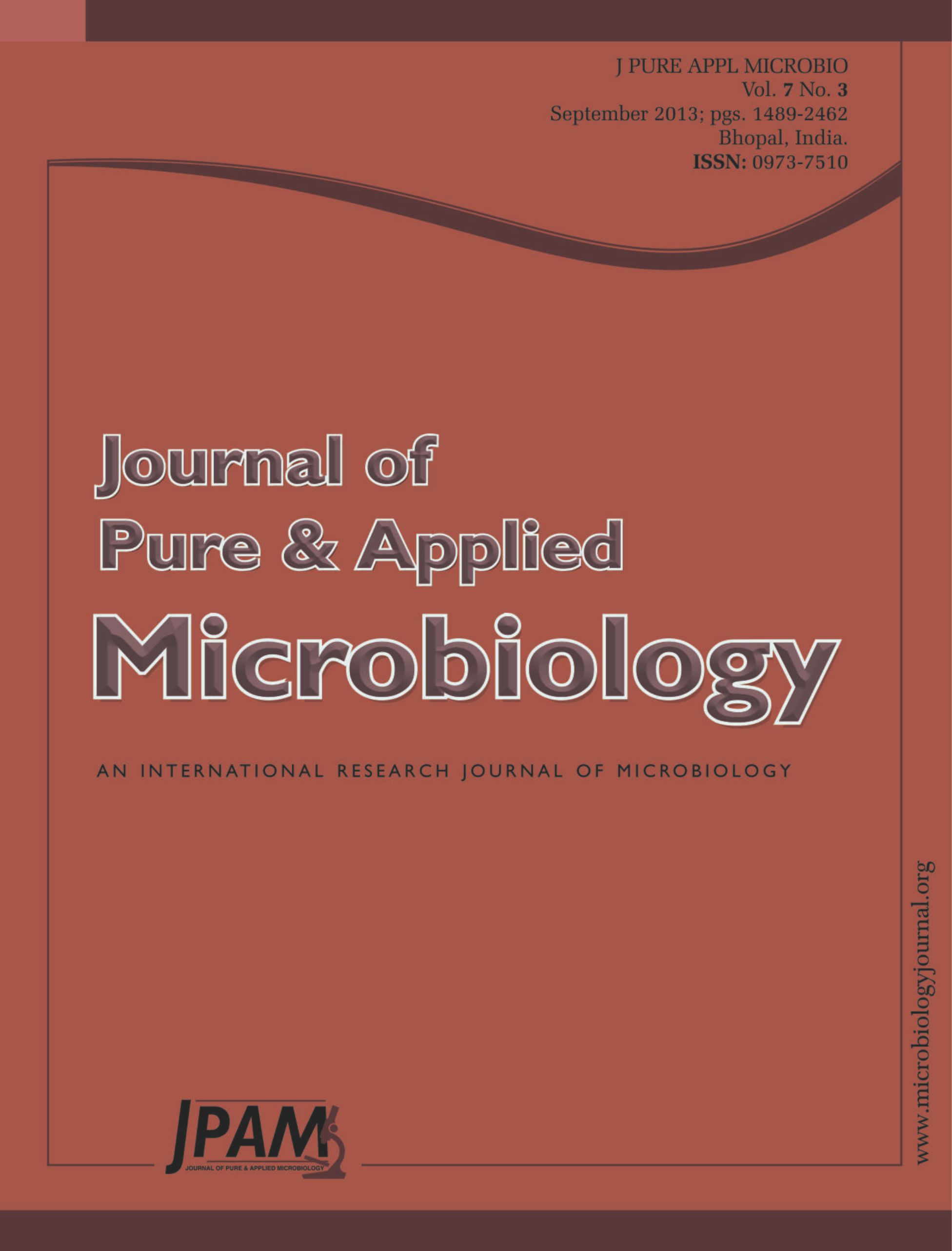Antifungal and antiaflatoxigenic activities of methanolic extract of Olea europaea L. Leaves was evaluated against the toxigenic Aspergillus flavus isolates from rice. Six rice samples out of seven samples were shown to be contaminated with aflatoxin B1 at concentrations of between 16.3-31.1 µg/Kg. Among 12 isolates of A. flavus examined, a total of 7 (58.3%) were capable of producing aflatoxin B1 with ranged from 3.4 to 1.3 µg/ml whereas 5 isolates were not detected aflatoxin B1. Various concentrations (5, 10 and 15% (w/v) of methanolic extract of Olea europaea L. Leaves was tested against Aspergillus flavus. Our results indicate that inhibition values of the extracts were higher in comparison to the control with different significantly, and this effect gradually increased with concentration. Methanolic extract of Olea europaea leaves were inhibited mycelial growth, sporulation and aflatoxin production by A. flavus at the three concentrations tested compare to control. %inhibition of aflatoxin production decreased with increasing concentrations. The highest aflatoxin production inhibition rate of the tested fungi was observed at 15%, ranging from 19.0 % to 46.2 at 5%, 41.1 to 76.9 at 10% and 64.7 to 100 at 15%. GC/ MS analysis of methanolic extract of Olea europaea leaves lead to separation 27 compounds and phytochemical screening have been described in previous studies.
Rice, Aspergillus flavus, Aflatoxin B1, Methanolic extracts of Olea europaea
© The Author(s) 2014. Open Access. This article is distributed under the terms of the Creative Commons Attribution 4.0 International License which permits unrestricted use, sharing, distribution, and reproduction in any medium, provided you give appropriate credit to the original author(s) and the source, provide a link to the Creative Commons license, and indicate if changes were made.


